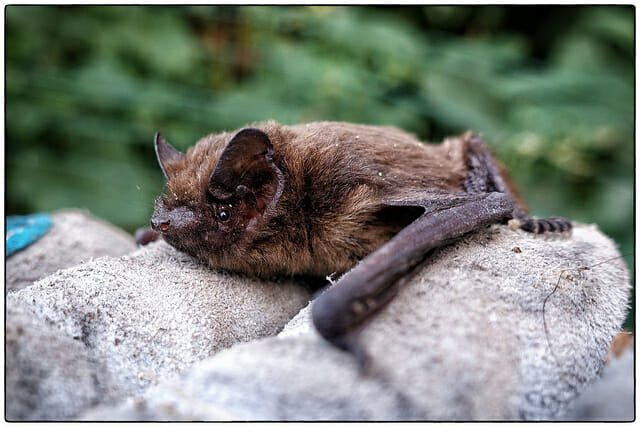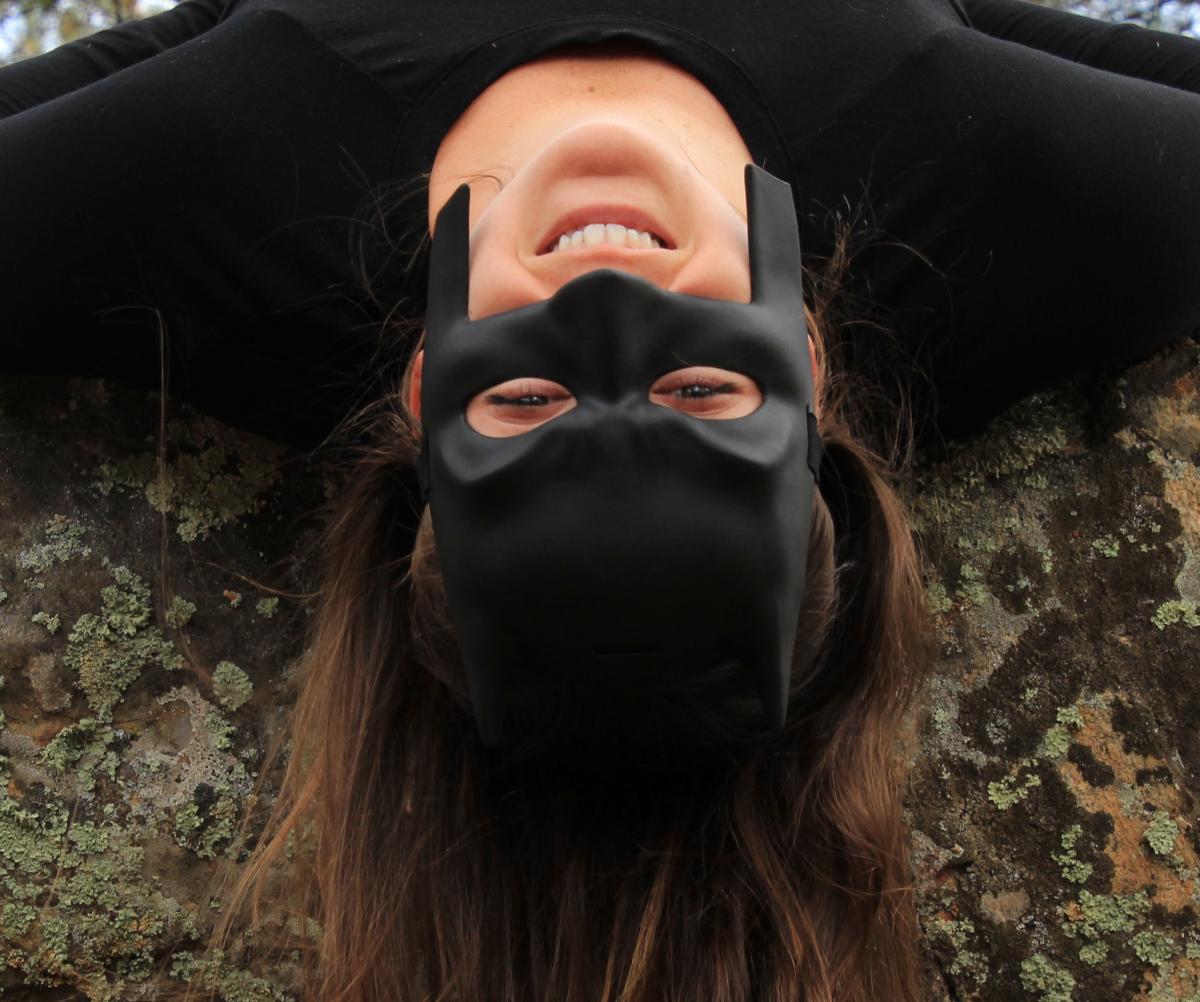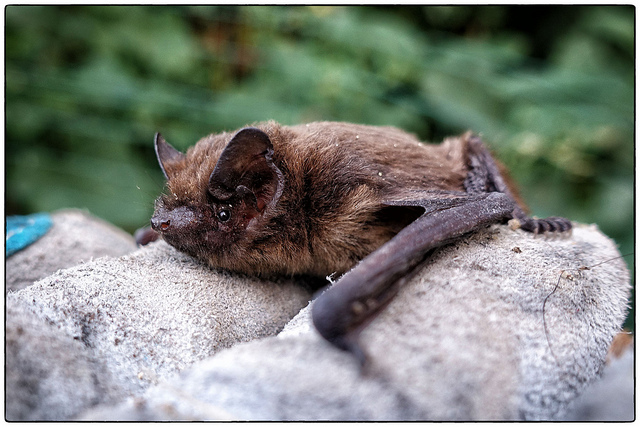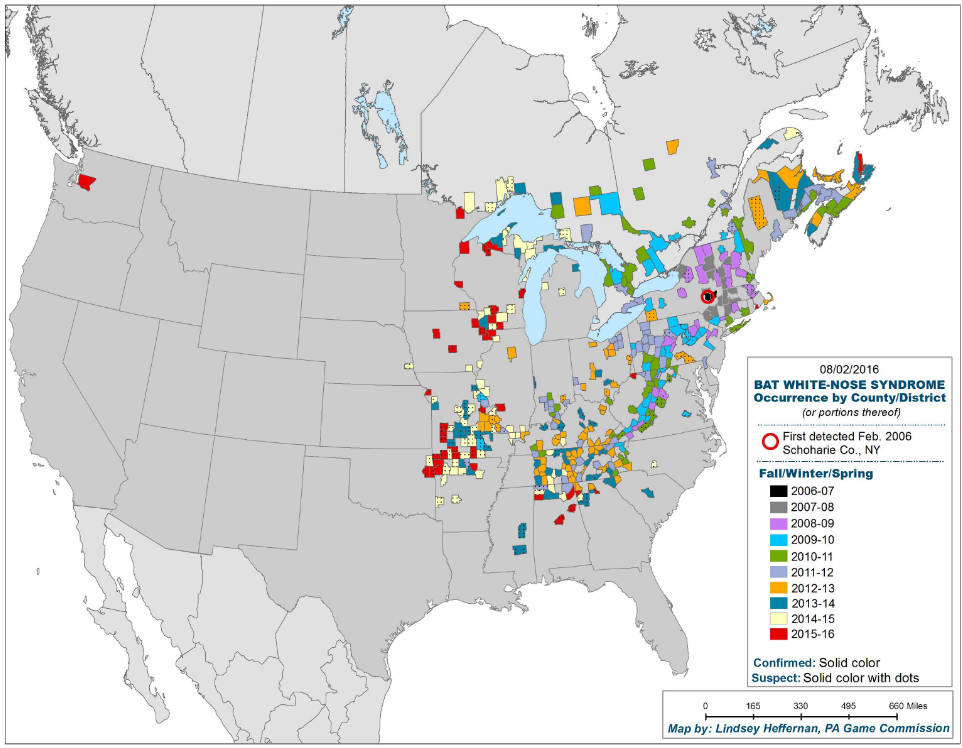News & Updates
Prevent the Spread of White-Nose Syndrome on Your Next Cave Adventure and at Home


Custer, SD: On a cool summer evening with the last strokes of daylight touching the treetops, small darting silhouettes gracefully streak between the pines. Diving, twisting, soaring, and zipping through the darkening sky, bats are masters of the dusk insect hunt. Many of us can recall experiences watching with awe these incredible creatures emerge from their day of slumber to go about a night’s work, sometimes cheering them on to control the ever biting swarm of mosquitoes. Sadly, scenes like this may be on the decline due to a disease threatening bat populations.
White-Nose Syndrome (WNS) has caused catastrophic declines in hibernating bats. Since its discovery in Howe’s Cave west of Albany, New York in 2006 WNS spread to 33 sites by 2008 with a population decline in excess of 75% over just two years. Mortality rates of up to 100% have been documented in many hibernation spaces found to have WNS. Little Brown Bats have the highest mortality (90+%) followed by the federally endangered Indiana bat with 50% mortality rate.
Scientists believe White Nose-Syndrome has caused the most dramatic decline of North American wildlife in over 100 years, with potentially dire environmental consequences. Threatened ecosystems in caves and above ground present new challenges for conserving fragile cave environments.
A World Without Bats
The true ecological consequences of a large-scale bat population reduction are not yet known. We can only begin to imagine what a world with bats might look like; more mosquitos, more bugs, and a substantial impact to agriculture may lie ahead. Bats A recent economic analysis indicated that insect suppression services provided by bats for U.S. agriculture is valued up to 50 billion dollars per year. Without bats, we can expect more expensive and dangerous pesticides to be used in our agriculture.
But bats provide more to us and our environment than just insect control, they are an essential and beneficial part of our ecosystem, playing a critical role in plant pollination, seed dissemination, and cave ecosystems. The droppings of bats provide vital nutrients for cave ecosystems and are often the basis of a cave’s food chain. Their poop is used by microorganisms and invertebrates, which become food for fish, salamanders, frogs, and other larger animals. Bats also play a significant role in science and medicine. Research conducted on bats has led to advancements in sonar, vaccine development, blood anti-coagulation, and more. When healthy, bats are food for other animals including hawks, raccoons, skunks, and owls.
The Science
Scientists are urgently studying White Nose Syndrome. Many field and laboratory projects are underway trying to better understand how WNS is killing our bats, what we can do to fight it, and how to protect surviving bats.
What scientists do know is that the fungus that causes WNS (Pseudogymnoascus destructans fungus, or Pd) most likely introduces itself during the bat hibernation period where temperatures are down and bats are thought to have lowered immune responses.
The Spread
Bat-to-Bat: The fungus is believed to most often spread through direct contact with other bat species who have the fungus. Most likely during ‘swarming’ or mating and when tight, occasionally mixed-species cluster before hibernation.
Soil-to-Bat: The fungus can survive in soil of caves and mines where bats hibernate. Healthy bats entering previously infected sites may contract WNS from the environment in the absence of infected bats.
Human-to-Bat: Because of large, suspicious jumps from infected sites and usually to and from frequently visited locations, there is reason to believe humans might inadvertently be aiding in the spread of WNS. After the latest WNS find in Washington, a new study reports the original fungus originated within North America and may be capable of large movement. Scientists cannot determine if the fungus reached Washington from the east by bat movements or through human activities. The fungus may live on clothing, gear, and equipment and then spread from cave to cave by visitors. Land managers now encourage cave visitors to decontaminate gear, footwear, and clothing after exiting a cave system and before entering another.
Why is Decontamination Important?
• Reduces the potential for big jumps across the continent.
• Slows the spread of disease.
• Prevents the arrival/spread of other potential exotic invaders in the future.

What Can You Do?
- Decontaminate your gear with Clorox and Lysol. Follow this guide for quarantining, cleaning, and decontaminating your gear before and after your cave visit.
- Stay out of caves and mines in all states where bats are known- or suspected- to hibernate during winter months.
- Honor cave closures and gated caves.
- Avoid disturbing bats and keep a safe and observant distance when you encounter them.
- Report unusual bat behavior to your state natural resource agency, including bats flying during the day or bats that are unable to fly or are struggling to get off the ground.
- Report dead or dying bats. Do not handle bats unless authorized in writing to do so by the appropriate government agency.
- Reduce disturbance to natural bat habitats around your home (e.g., reduce outdoor lighting which confuses and decreases bat’s abilities to find food, minimize tree clearing, and protect streams and wetlands).
- The Organization for Bat Conservation suggests constructing or buying pre-built homes for bats, necessary due to significant human development and consequential habitat destruction.
- If bats are in your home and you don't want them there, work with your local natural resource agency to exclude or remove safely.
- Look up other ways to become a responsible cave enthusiast.
- Volunteer with a local group in your area, and learn more at Organization for Bat Conservation or the National Speleological Society.
Sources/Links:
Experimental infection of Bats with Geomyces destructans Causes White-Nose Syndrome
Geomyces destructans sp. nov. Associated with Bat White-Nose Syndrome
Human Spread of White Nose Syndrome
Enjoy your world. Leave No Trace.
Leave No Trace’s Donielle Stevens and Aaron Hussmann are part of the 2016 Subaru/Leave No Trace Traveling Trainer Program that provides free, mobile education to communities across the country. Proud partners of this program include Subaru of America, REI, Fjall Raven, ENO, Deuter, Thule, and SmartWool.
Let’s protect and enjoy our natural world together
Get the latest in Leave No Trace eNews in your inbox so you can stay informed and involved.


